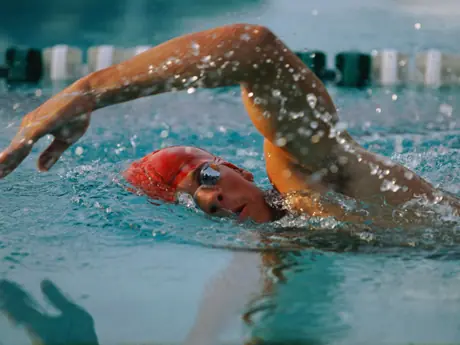
This time of year is when many triathletes are either winding down their offseason or ramping up their base period. The early base period often includes a focus on getting back into the endurance groove and gradually increasing both mileage and yardage.
It can also be an excellent time to work on technique. That is certainly the case with swimming, where technique is arguably the most important of any of the three triathlon legs.
For most triathletes, the offseason was spent maintaining a certain level of fitness, or in some cases rehabbing sore muscles and joints from major fall races.
The months ahead will feature increasing speed and intensity, which means that if you are going to spend some time working on swim technique and form, now is the time to do it.
More: 3 Workouts to Improve Your Swim
For beginner triathletes, you might be ready to embark on your first-ever training plan. Either way, you likely have a window where the goal is simply to add time in the pool, and that can be an excellent time to build the right skills for this race season.
Here are four things you can focus on this spring as you hit the pool:
Learn to Breathe Bilaterally
Most swimmers naturally prefer breathing to one side over the other. Bilateral breathing means you can breathe on alternating sides, or every third stroke. Even if you don't always use it, it's a handy skill to have come race day. Bilateral breathing allows you to switch sides with ease if you ever find yourself trying to sight buoys on the "wrong" side of your body, or catch a breath if there is a lot of commotion on your natural breathing side.
Breathing in an open-water swim is different than breathing in a lap pool. While there is no substitute for open-water swimming when it comes to getting race-ready, you can use the lap pool to develop some key bilateral breathing skills that will transfer to the rivers, lakes and oceans.
More:Tips to Learn Bilateral Breathing
Practice the Perfect Breath
While it's important to breathe bilaterally, the very act of taking a breath is one that requires some practice, and this time of year is a great time to re-learn how to do that. The perfect breathing head motion will hardly disrupt your momentum while allowing you to get all of the air you need.
Here are a couple things to remember: First, you should strive to take your breath from the small concave dip of air that is created by your swim motion. Doing this will help you avoid lifting your head too high while swimming. One way to practice this is to always keep your lower goggle underwater whenever you take a breath.
Second, you should look slightly back, but not too far, when you breathe. This helps keep your head in alignment.
- 1
- of
- 2
About the Author
Paul Johnson
Get ACTIVE on the Go


Meet Mobile
Swim smarter: heats, lane assignments and real-time results in the palm of your hand.
Available for iOS | Android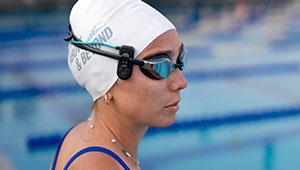
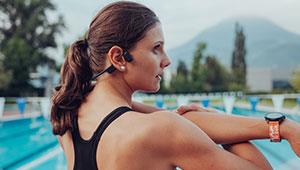
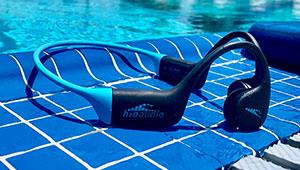

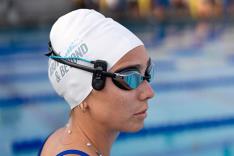


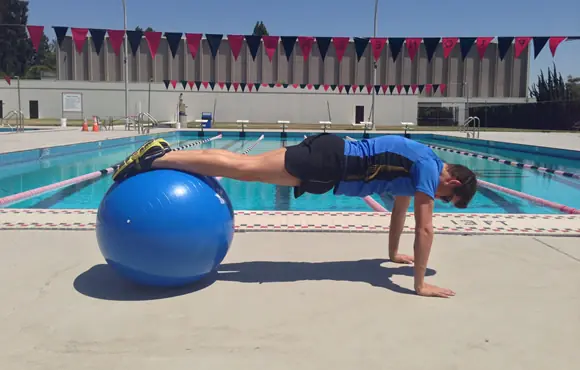
Discuss This Article